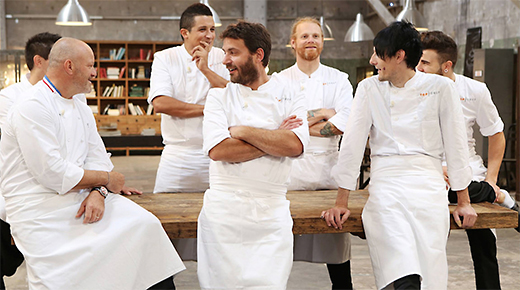The restaurant industry confronts many of the leadership challenges that other industries, corporate leaders, and entrepreneurs face. Chefs and chef-owners play a significant leadership role in their organizations through a variety of operational and social processes. Among these leaders, only an elite group of chefs achieves the recognition to be best-in-class, by operating with excellence, innovation, and delivering exceptional customer experiences.
|
ADVERTISEMENT |
In the high-end culinary world, there is intense competition. Successful restaurants rely heavily on talent and innovation, and they need to operate with a high level of efficiency and quality of final products and customer services.
As part of the INSEAD Executive Master program in Consulting and Coaching for Change, I combined my passions and curiosity about organizational leadership behavior and gastronomy and decided to talk with top chefs of best-in-class restaurants to discover: 1) What are the predominant leadership behaviors identified in a group of best-in-class leaders? 2) How do these elements contribute to organizational excellence?
…

Add new comment